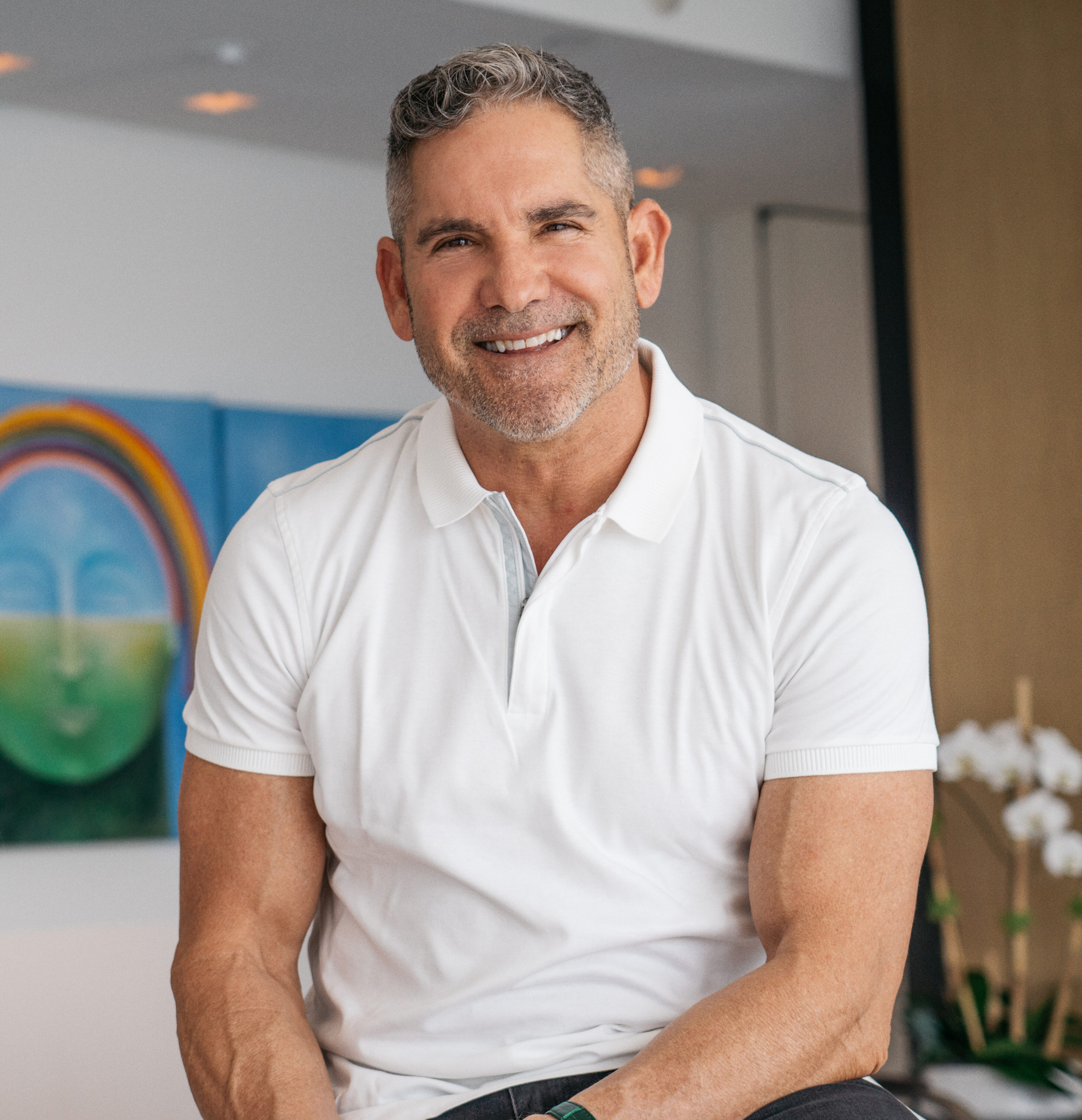Back when I was first getting started in real estate investments, I had two strategies available to me. I could buy-and-hold or fix-and-flip. That was it. Thankfully, these days, there are a bunch of new out-of-the-box strategies for investing in real estate that fall into the new category of “creative investing.”
When most people think about real estate investing, they figure they have two ways to go.
Option 1: Buy and Hold
Buy and hold means buying a rental property and finding a tenant to rent it. This is how I first got started and I’ll tell you that being a landlord is not everything it’s cracked up to be. That’s one of the reasons I created Cardone Capital—to give everyday folks the opportunity to invest on a large scale without needing a lot of money and without the hassles of personally managing property.
Option 2: Fix and Flip
The other way to go is a fix-and-flip strategy which you’ve probably seen in action on a lot of real estate reality shows. This strategy involves buying a distressed property, fixing it up, and selling it for a profit. For the longest time, that was it, but recently things have gotten a lot more interesting with more opportunities for people to get into the real estate market.
Now what separates a creative investment strategy from the traditional methods can usually be found in one of the three major aspects of the process, which are finding a property, arranging for financing, and the actual purchase.
Up until now, buyers had to go through a real estate agent who would find potential properties by doing an MLS search. The agent would then schedule showings until the client hopefully found the right property. However, in the age of creative investing, buyers are not limited to going through a real estate agent. Now they can interact with wholesalers or work directly with the seller. There are even numerous apps that let purchasers bypass everyone in the middle.
Then when it comes to financing, you’d think that there’s not much room for creativity, but times have changed and so has this part of the process. Normally, financing involves saving money to go towards a down payment and going through a bank to apply for a loan. Then there’s the documentation like tax returns, pay stubs, asset statements, etc. Finally, a would-be buyer had to cross their fingers and hope they would be approved. With creative real estate financing buyers can get financing from the seller directly or turn to alternative lending channels, like a private money lender or transactional funding. In most cases like this, the documentation process is different and more often than not, a lot simpler than with a bank.
Lastly, we come to the purchase and the close. Here is where creative investing gets really interesting for potential investors who can’t or don’t want to operate within the framework of traditional real estate investment. Before creative investing, a person or family would purchase a property and a real estate agent would oversee the process, which was how they would earn their commission. Now, creative investing methods make it possible for a group of everyday people to combine their finances to purchase a property together which would otherwise be out of reach for them individually. There are a few variations on this strategy including investing in a REIT (real estate investment trust) or with a fund like Cardone Capital, where we do all the work from locating a property to closing on it, so all the investor has to do is sit back and wait for their monthly check.
With out-of-the-box options like owner financing, rent-to-own homes, house hacking, wholesaling, and REITs, there are more ways to invest in real estate than ever before. Thanks to technologies, no longer are interested investors forced to choose between the two major investment strategies. Instead, it is possible to earn money while sitting behind your computer.
Another creative investment strategy that has become popular (and I should know) is crowdfunding. This involves using an established real estate investment platform to invest in current projects being run by an experienced real estate management team. My real estate fund allows people to invest small amounts of money in the same multifamily rental units I invest in. Before crowdfunding, those types of properties were limited and were only available to the giant firms and financial institutions. Now, investors can earn interest on the amount that they invested while experts do all the work. Plus, crowdfunding gives buyers access to properties outside their market and that’s just one of the advantages of this type of creative investment strategy. It’s easy to do, you don’t need a lot of income to get started, you don’t have any long-term responsibilities, and you’ve got the buying power that comes with having crowdfunded a record-setting amount of money which measures in the hundreds of millions.
For obvious reasons, I am partial to one particular type of creative investment strategy because it has paid off so well for my investors and me. However, all of the new out-of-the-box investment techniques being introduced into the market have their advantages. With a small amount of capital, some due diligence and some work, more people than ever before can now successfully invest in real estate. It just takes some creative thinking.
 Grant Cardone owns and operates seven privately held companies, and a $1.8B real estate portfolio as the Founder and CEO of private equity real estate firm, Cardone Capital. Cardone is also the founder and leader of The 10X Movement and The 10X Growth Conference, which is now the largest business and entrepreneur conference in the world. Moreover, Cardone founded the Grant Cardone Foundation, a non-profit organization dedicated to mentoring underprivileged and troubled youth in character and financial literacy.
Grant Cardone owns and operates seven privately held companies, and a $1.8B real estate portfolio as the Founder and CEO of private equity real estate firm, Cardone Capital. Cardone is also the founder and leader of The 10X Movement and The 10X Growth Conference, which is now the largest business and entrepreneur conference in the world. Moreover, Cardone founded the Grant Cardone Foundation, a non-profit organization dedicated to mentoring underprivileged and troubled youth in character and financial literacy.
























0 Comments